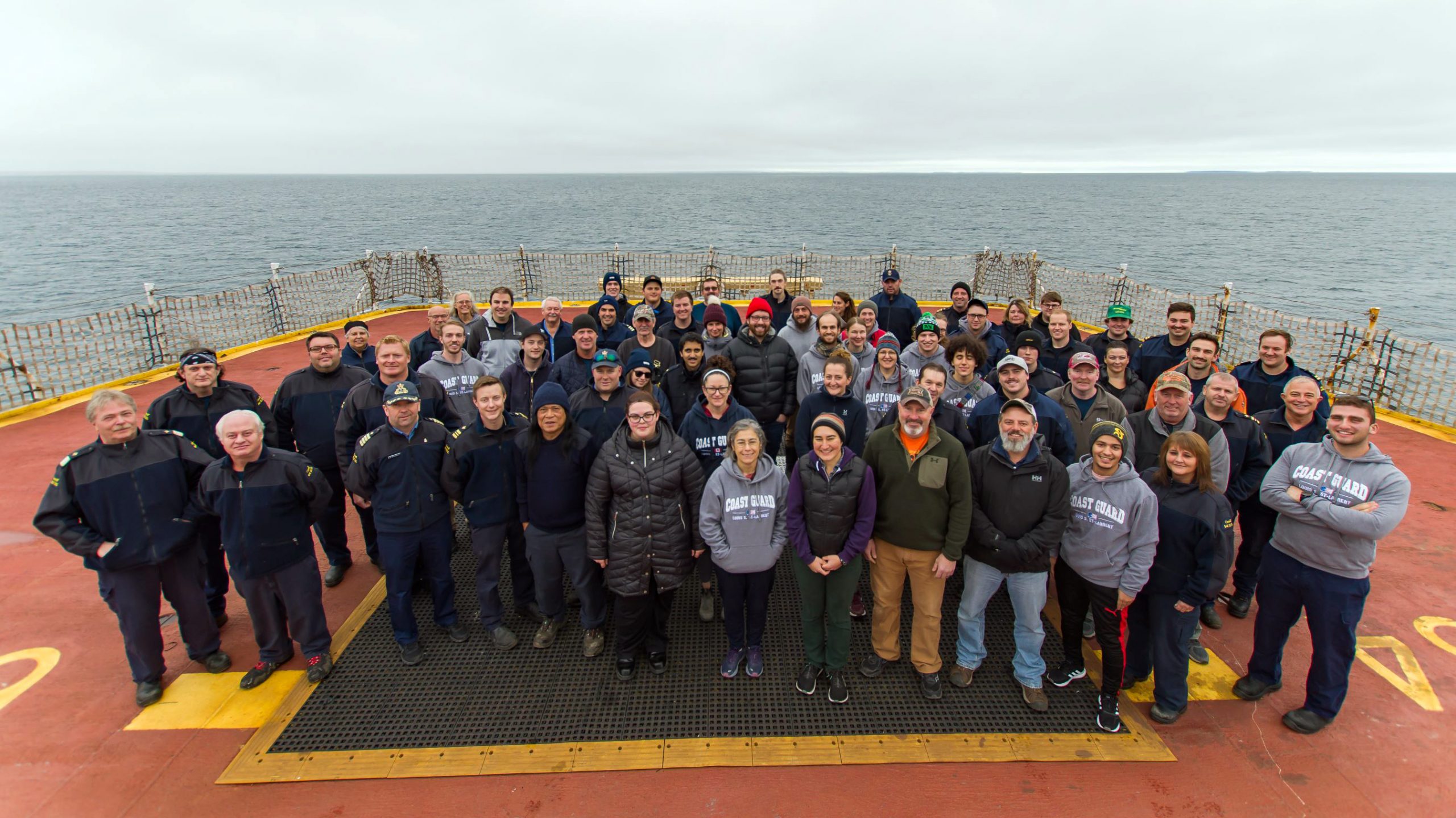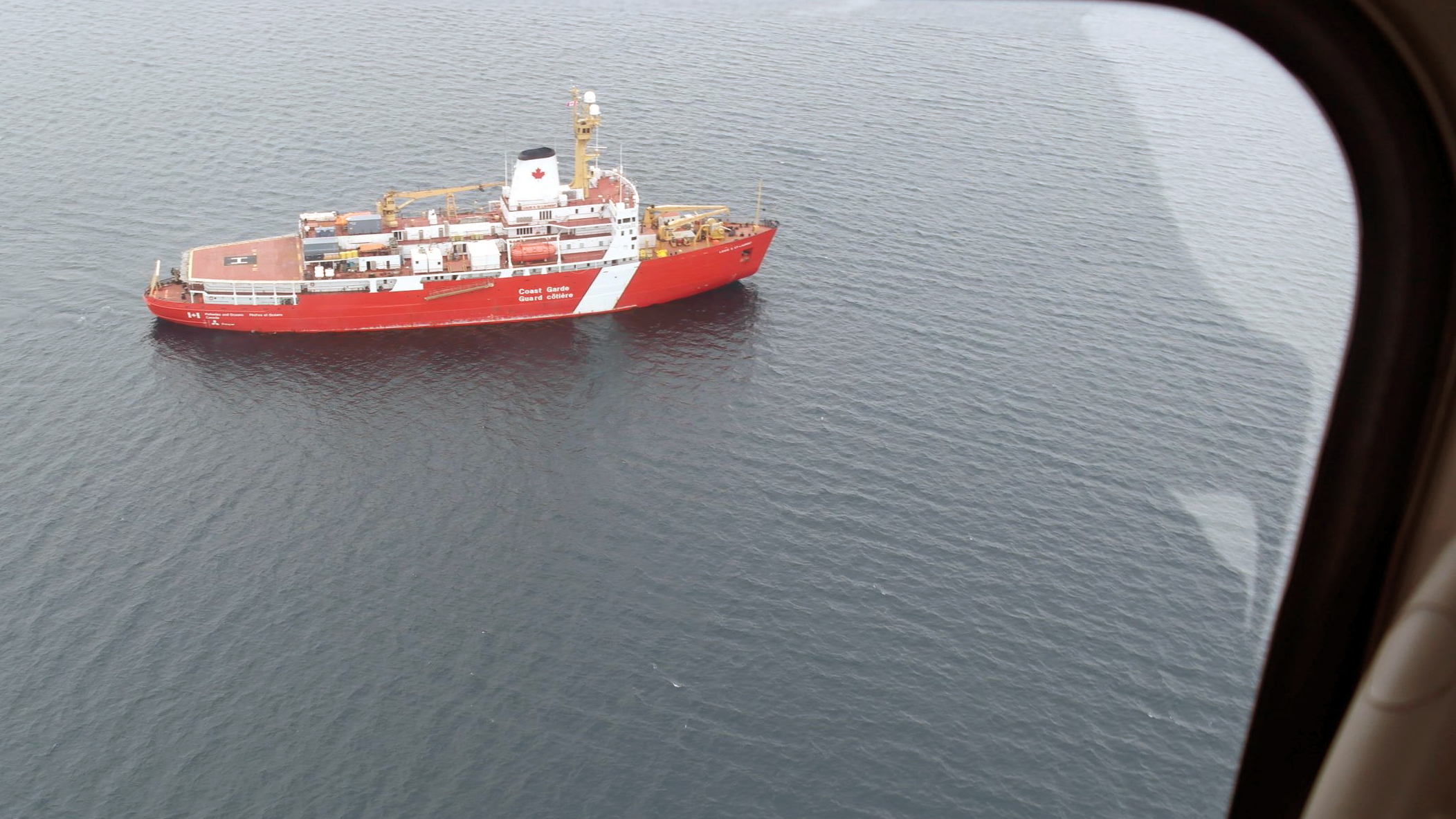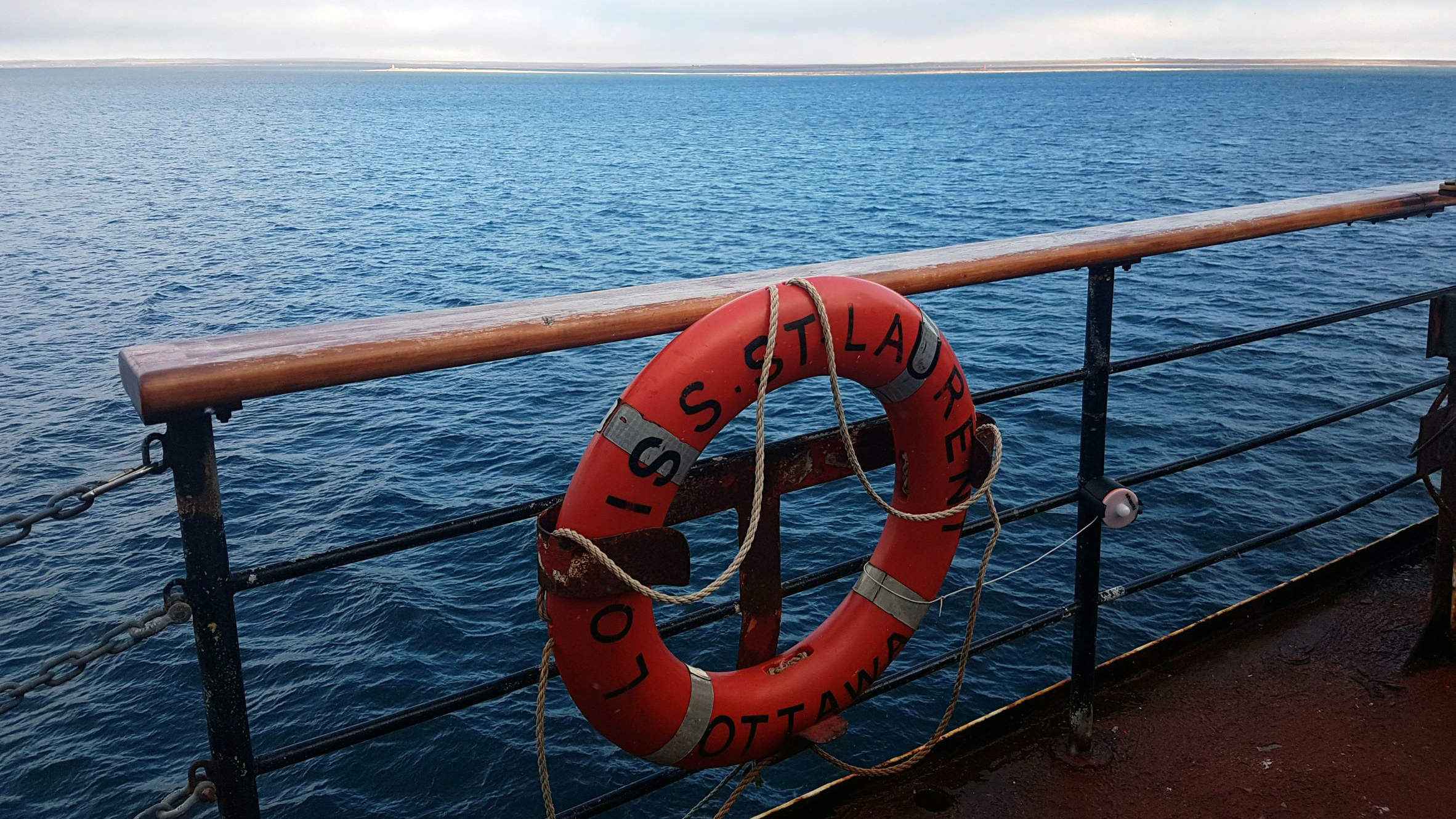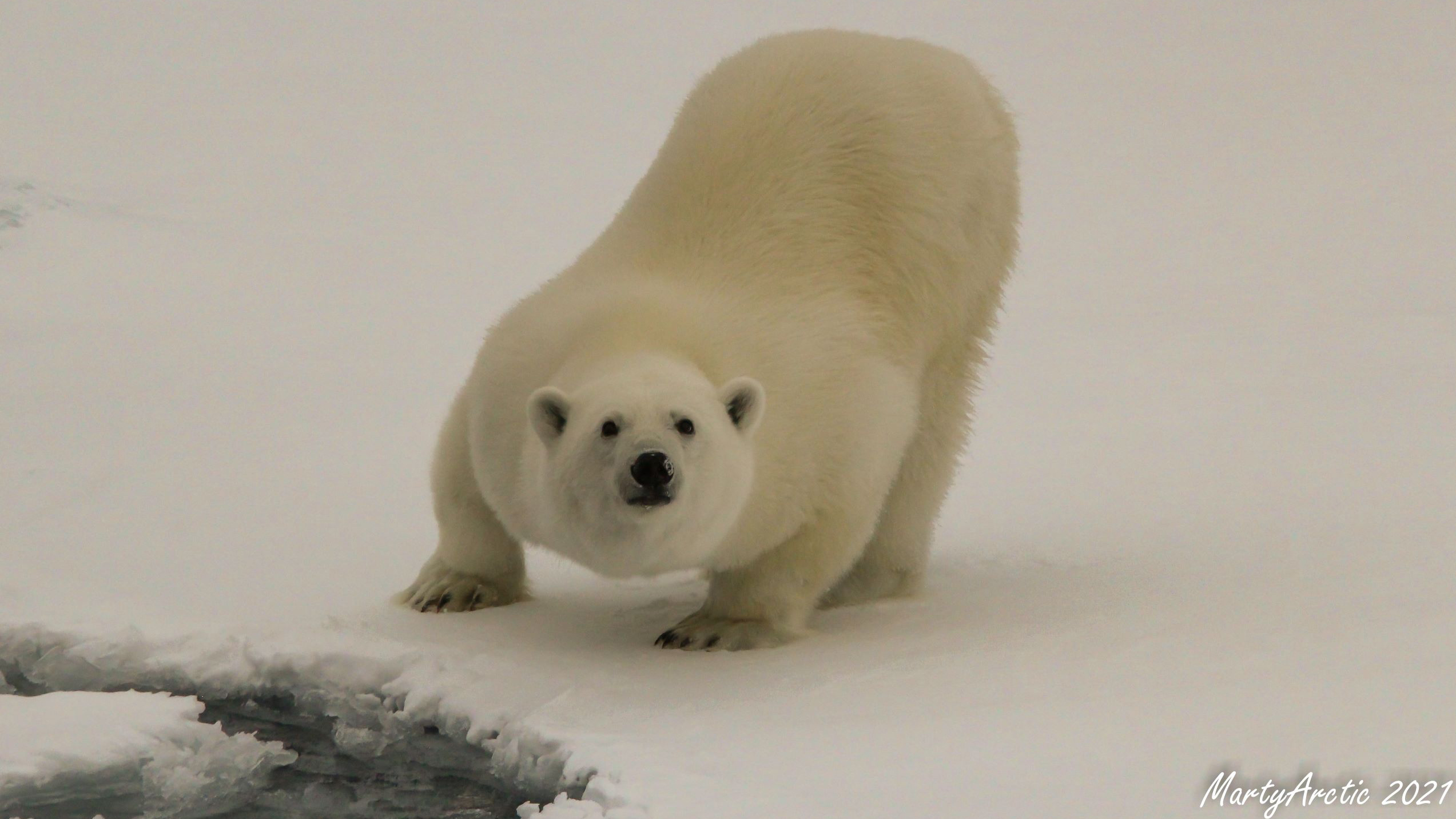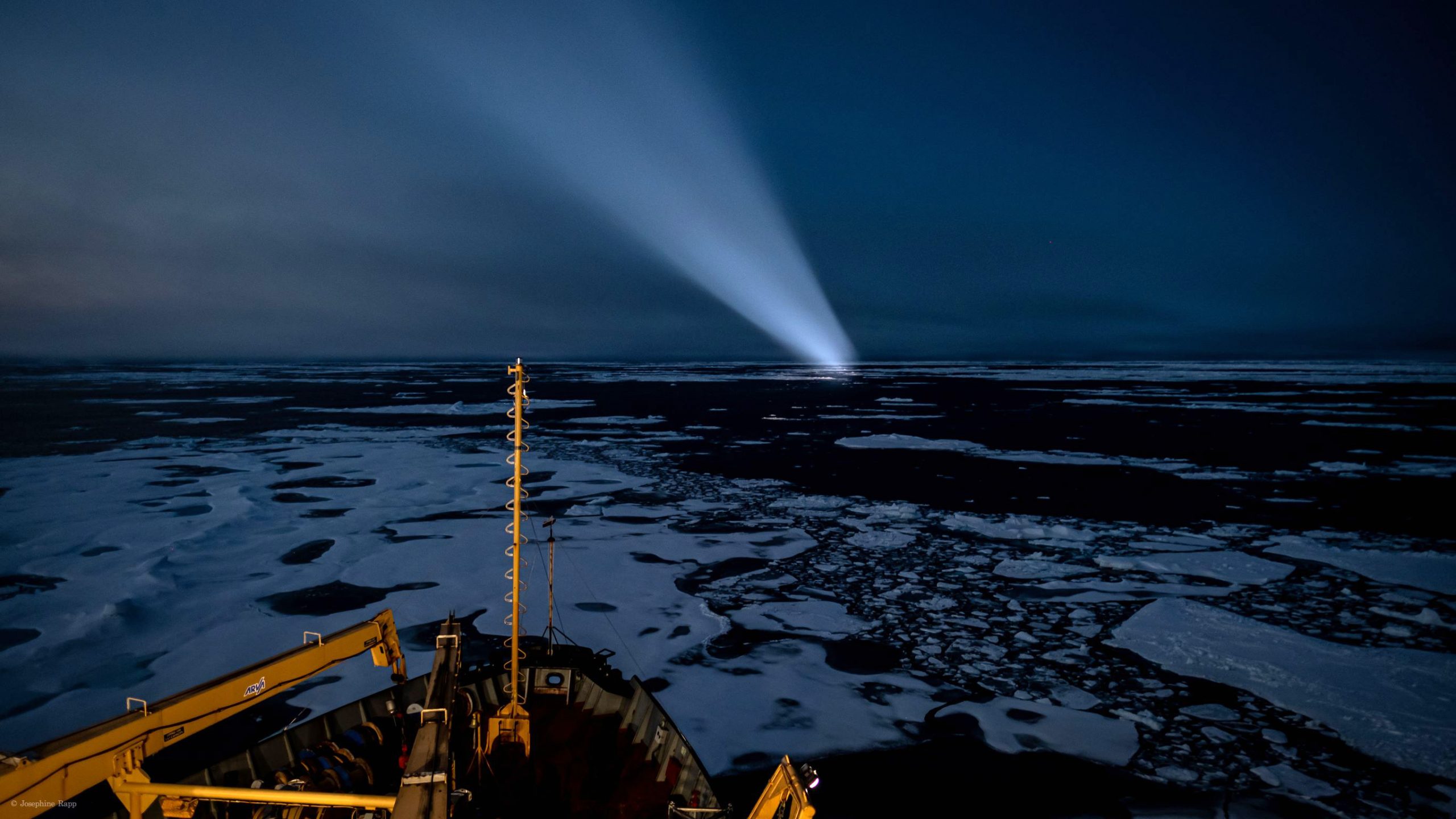Dispatch 24: Goodbye Louis!
Helen Gemmrich
September 16, 2021
And just like that, it was time to go home.
After 28 days at sea, the Louis had arrived back in Cambridge Bay. The last few days were full of packing, cleaning, end-of-cruise reports, and endless inventory lists as the entire crew prepared for our departure. As the deck team zipped through the hallways with their vacuum cleaners, the science team tucked away the bongo nets, the CTD rosette, bundled up electronics in bubble wrap, and washed the salt from sampling bottles and tubes (“noodles”) before storing it all in meticulously labelled bags and boxes. Suddenly, the main labs were bare and quiet; the vacuum pumps and filtration systems shut off and packed away. The back labs, rarely needed during the trip, quickly filled with containers of all shapes and sizes. The equipment and samples will stay on board until the Louis returns to St. John’s in late fall, where some will start their journey across the country to the team’s home labs while others wait for our return next year.
On our last morning, the galley team served breakfast a half hour earlier to begin what would undoubtedly be another long day. While the stewards prepared the cabins for the oncoming crew, the flight and deck team started ferrying our luggage to the airport. Slowly, one helicopter trip at a time, we all gathered in the airport terminal. Armed with two boxes of sandwiches and juice, we passed the hours reading, playing cards or dozing off, waiting for our plane to arrive. The flight’s arrival caused quite a stir – the large plane was decked out in the livery of the Montreal Alouettes, Montreal’s CFL football team! The bright colors seemed out of place in the browns and blues of the Arctic tundra. After a refueling stop in Rankin Inlet and another stop in Iqualiut, we landed in St. John’s around 2 a.m. on Friday morning. The goodbyes were bittersweet: while we were happy to head home, it felt weird to leave our shipmates behind after four tight-knit weeks together.
Thank you to the entire crew for another successful scientific mission in the Beaufort Sea, and for such a memorable and enjoyable trip! Now it is time to catch up on some sleep before the data arrive!
Helen Gemmrich is a journalism master’s student at Concordia University, currently exploring remoteness in the Canadian Arctic through narrative-driven science journalism. She also has a BSc. Hons. in physics and computer science from the University of Victoria. If she’s not outside in nature, she’s probably baking.
Would you like to learn more about this expedition? Please feel free to reach out to Helen at helen.gemmrich@concordia.ca.
